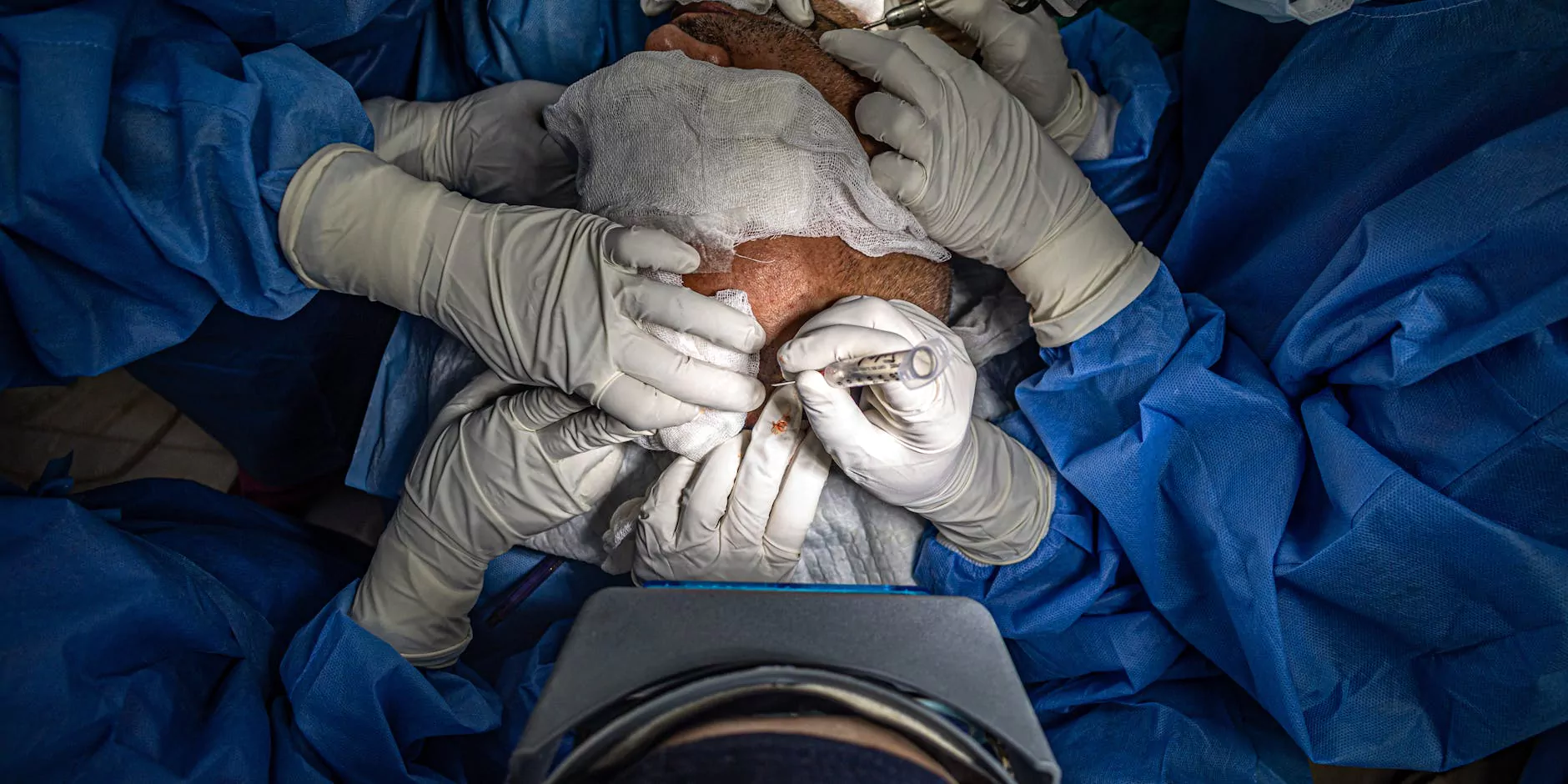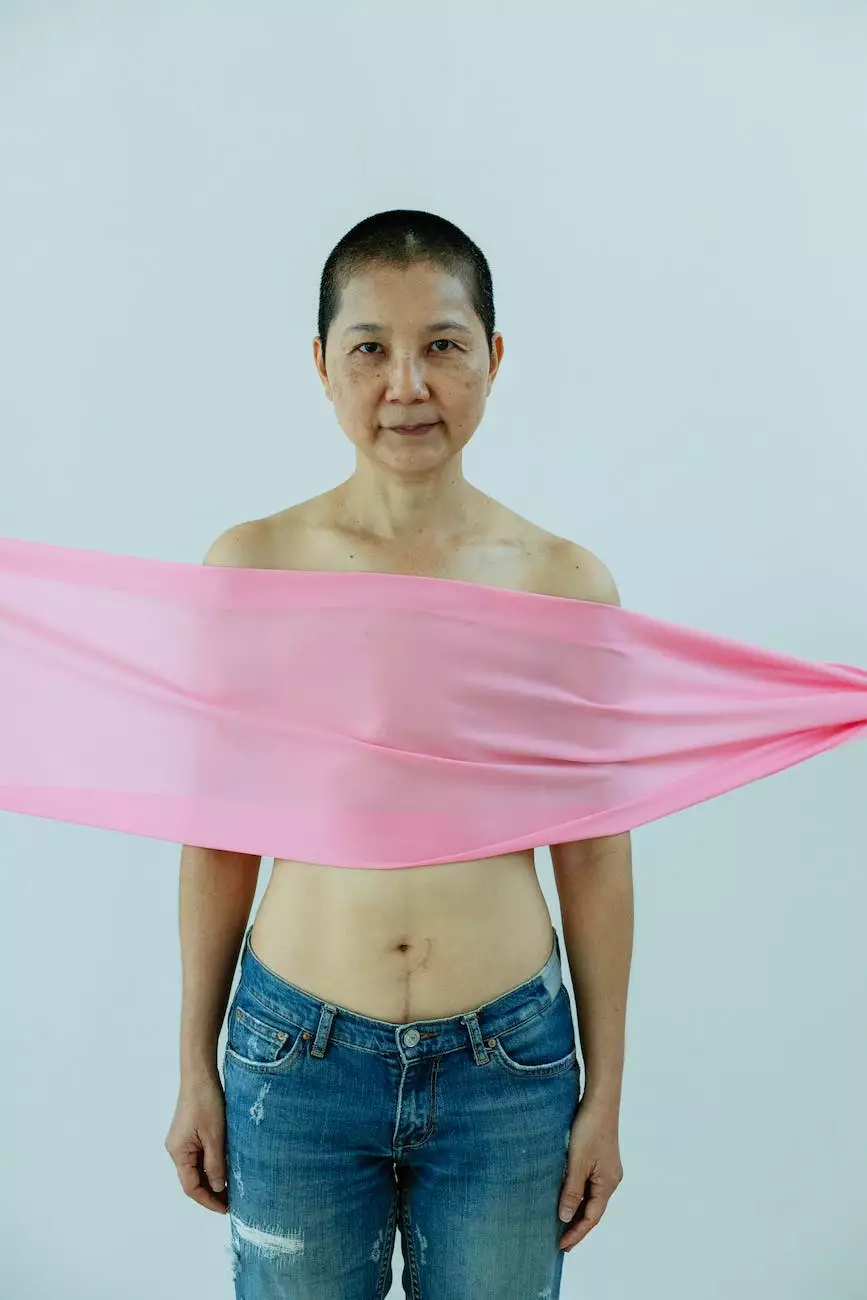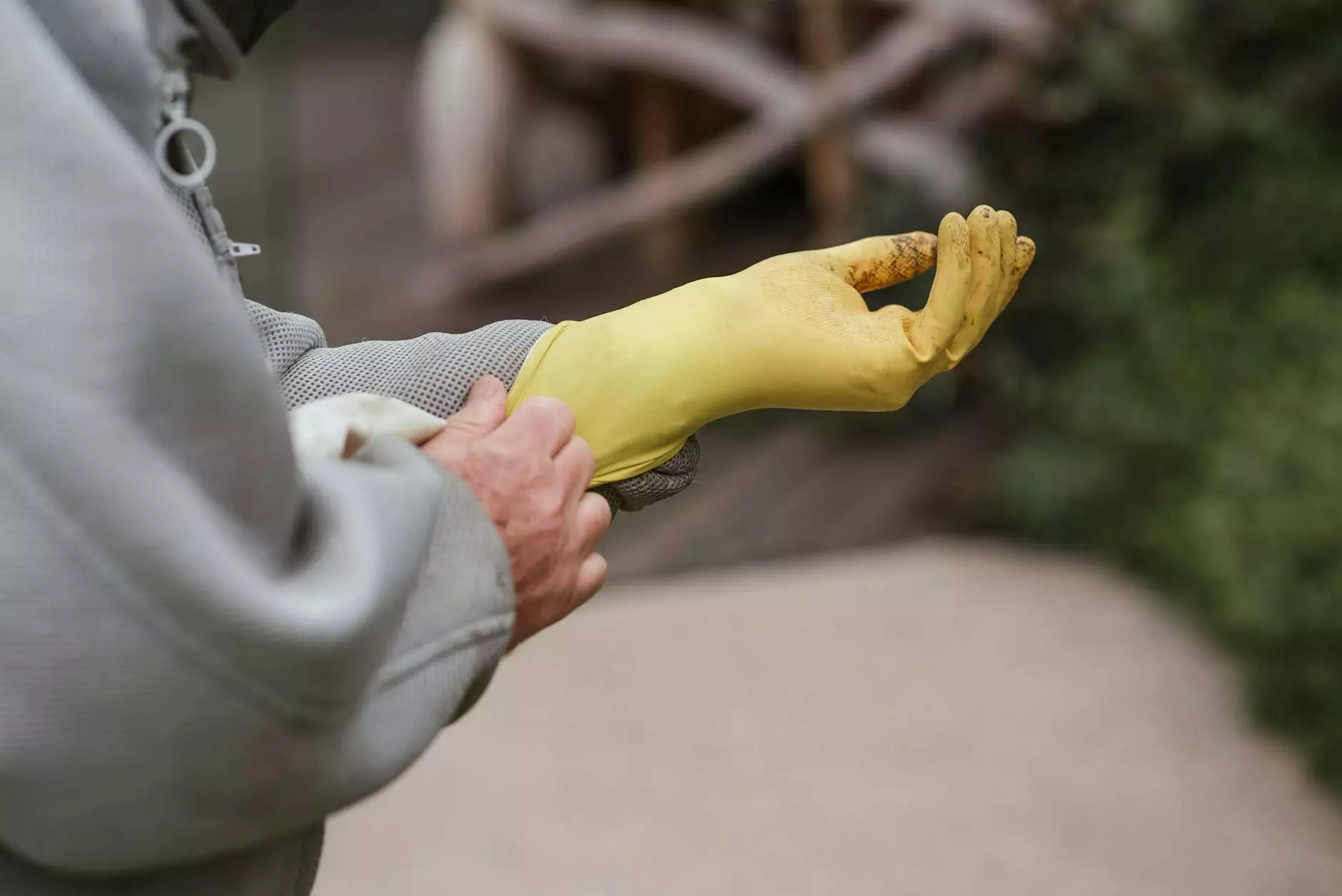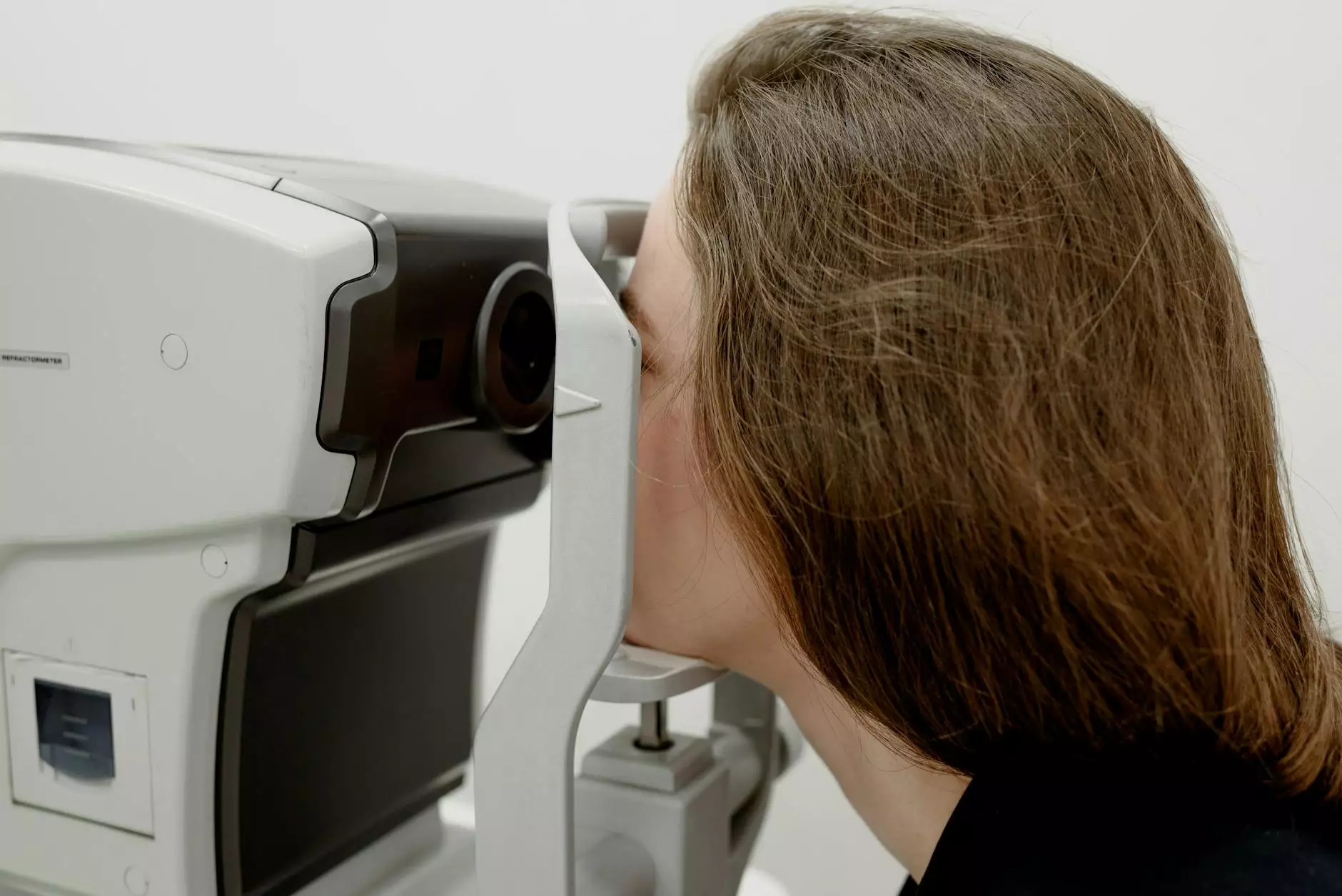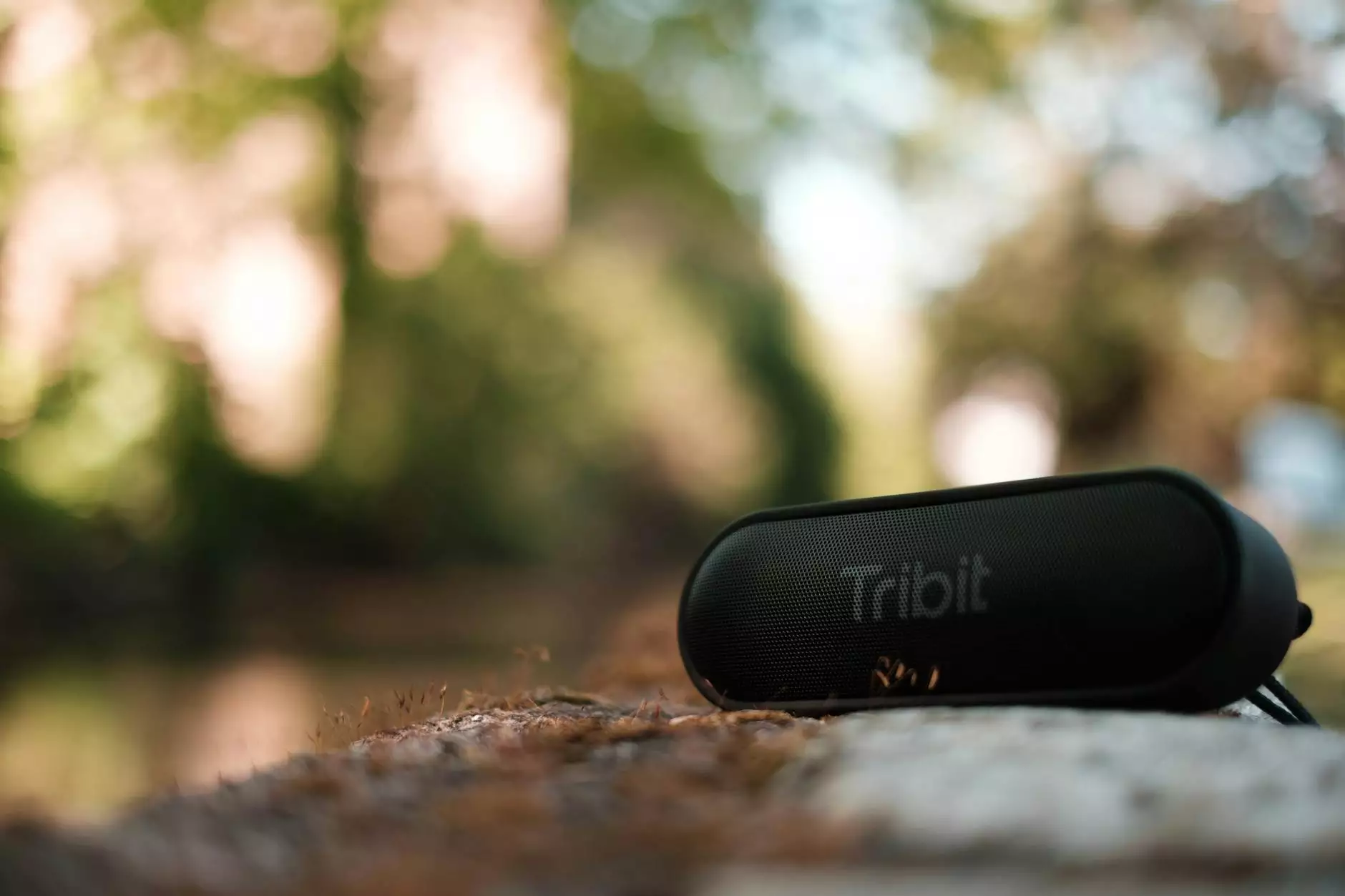What to Expect After Your Child's Split Thickness Skin Graft
125 Years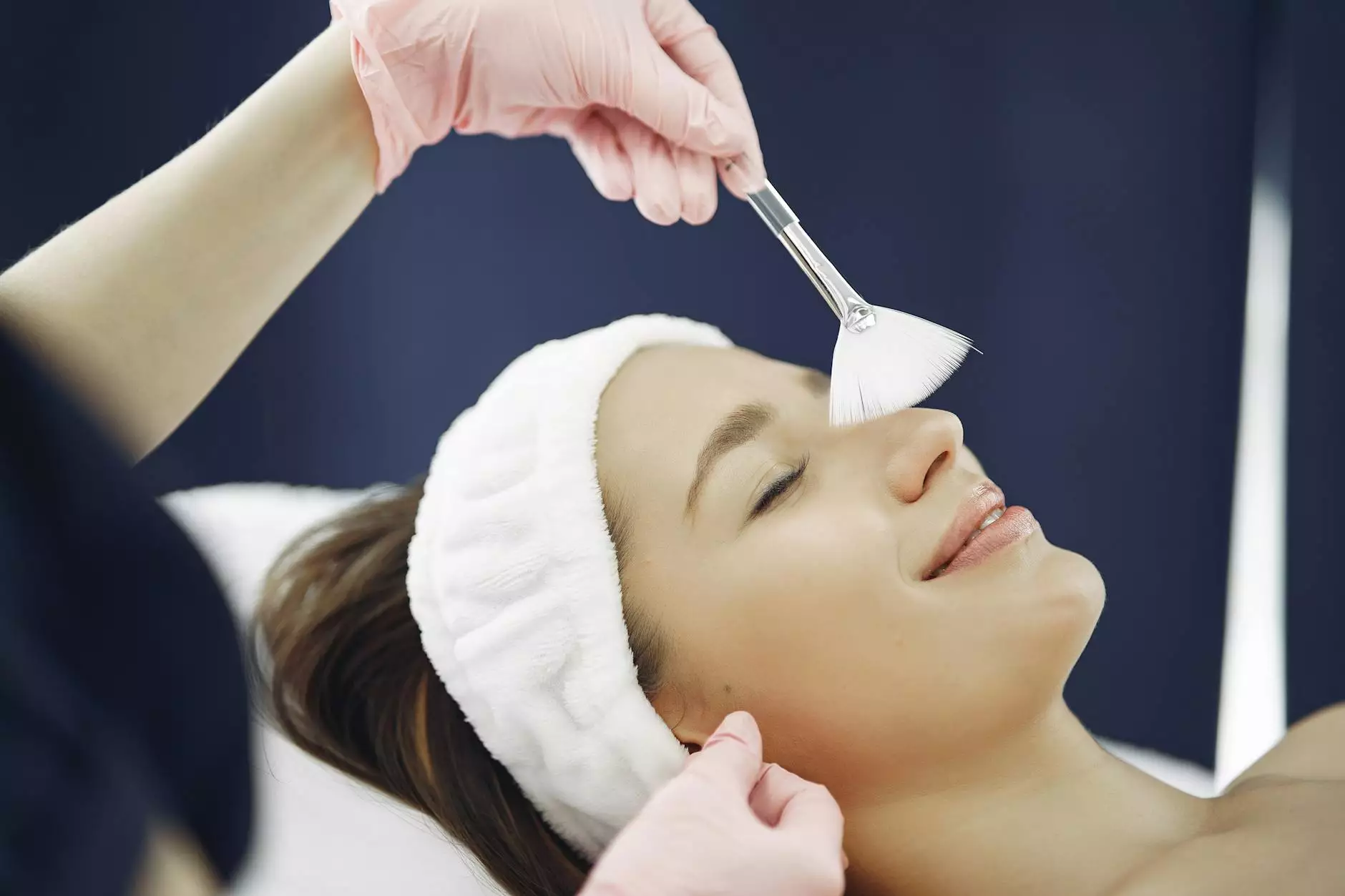
Introduction
Thank you for choosing Foley James D MD for your child's split thickness skin graft procedure. We understand that this can be a challenging time for both you and your child, so it's important to have a clear understanding of what to expect during the recovery process. This page aims to provide you with detailed information on post-operative care, recovery, and potential complications. We are committed to ensuring a successful and comfortable healing journey for your child.
Post-Operative Care
After the split thickness skin graft procedure, your child will be taken to a recovery area where they will be closely monitored by our experienced medical team. It's normal for your child to experience some pain, swelling, and discomfort in the graft area. We will provide appropriate pain management medications to ensure their comfort.
Our medical team will give you detailed instructions on how to care for the graft site. This may involve regular dressing changes, wound cleaning, and applying medicated ointments. It's crucial to follow these instructions diligently to promote healing and minimize the risk of infections.
Recovery Process
Each child's recovery time can vary based on the individual's age, overall health, and the specific details of the graft procedure. Generally, it takes several weeks for the graft to fully heal. Initially, the graft site may appear red, swollen, or discolored. This is a normal part of the healing process.
During the recovery period, your child may need to limit certain activities to allow for optimal healing. It's important to encourage them to rest and avoid putting excessive pressure or strain on the graft area. Our medical team will provide you with specific guidelines tailored to your child's needs to ensure a successful recovery.
Potential Complications
While split thickness skin graft procedures are generally safe and effective, there are potential complications that may arise. It's crucial to be aware of these possibilities so that you can seek immediate medical attention if necessary.
In some cases, the graft may not fully take or adhere to the graft site. This is known as graft failure and may require additional procedures to repair or replace the graft. Signs of graft failure include persistent pain, increasing redness, or fluid buildup at the graft site.
Infections are another potential complication. We will provide you with detailed instructions on how to care for the graft site and minimize the risk of infections. However, it's important to monitor for signs of infection, such as increasing pain, warmth, redness, or pus-like discharge.
Conclusion
At Foley James D MD, we strive to provide the highest quality care for your child during every step of the split thickness skin graft procedure. We understand that the recovery process can be challenging, and our dedicated medical team is here to support and guide you.
Remember to follow our post-operative care instructions diligently, allow your child to rest and recover, and be vigilant for any potential complications. By adhering to these guidelines and seeking prompt medical attention when necessary, we can ensure your child's healing journey is as smooth and successful as possible.

